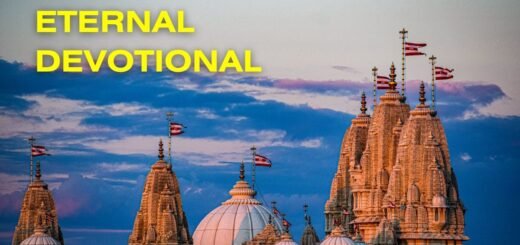Narayana Bali Pooja Significance Procedure Location
See below for the details of the Narayana Bali Pooja Significance Procedure Location, How to perform Narayana Bali Pooja, the Significance of Narayana Bali Pooja, And the Location of Performing here.
Narayana Bali Pooja is a Hindu ritual performed to offer prayers to Lord Vishnu and his 11 avatars. The term ‘Narayana’ refers to Lord Vishnu, who is regarded as the preserver of the universe in Hinduism. The word ‘Bali’ means ‘offering’ or ‘sacrifice.’ Therefore, the Narayana Bali Pooja is a sacrificial ritual that is performed to honor the departed souls and seek their blessings.
The Narayana Bali Pooja is performed to appease the soul of a deceased person who died due to unnatural or accidental causes, such as murder, suicide, accident, or any other violent means. According to Hindu mythology, it is believed that if a person dies an unnatural death, his or her soul may not rest in peace and may wander in the afterlife, causing harm to the living. Therefore, the Narayana Bali Pooja is performed to pacify the soul and help it attain moksha or liberation.
Generally, This Narayana Bali Pooja Will perform in Very Specific Places like Srirangapatna and Gokarna in Karnataka.
Click here for the Narayana Bali Pooja Significance Procedure Location and Maps
Click Here for the Kukke Subramanya Temple Open Close Timings Puja Details
Narayana Bali Pooja Significance Procedure Location
The Narayana Bali Pooja is a significant ritual in Hinduism that is performed to appease the departed soul and seek its blessings. It is believed that performing this ritual can help the soul attain moksha and rest in peace. The following are some of the significance of the Narayana Bali Pooja:
Liberates the soul: The Narayana Bali Pooja is performed to help the departed soul attain moksha and rest in peace. It is believed that performing this ritual can help the soul liberate from the cycle of birth and death and attain eternal bliss.
Removes the negative effects: It is believed that the soul of a deceased person who died an unnatural death may cause harm to the living. The Narayana Bali Pooja is performed to pacify the soul and remove the negative effects it may have on the living.
Brings prosperity: It is believed that performing the Narayana Bali Pooja can bring prosperity and good fortune to the living. The blessings of the departed soul can help the living overcome obstacles and achieve success in life.
Reconciliation: In some cases, the Narayana Bali Pooja is performed to reconcile with the departed soul. It is believed that performing this ritual can help resolve any conflicts or disputes between the living and the deceased.
Narayana Bali Pooja Significance Procedure Location and Process
The Narayana Bali Pooja is a complex ritual that involves several steps and requires the guidance of a trained priest. The following is the general process of the Narayana Bali Pooja:
Selection of the date: The Narayana Bali Pooja is performed on specific days, such as Amavasya or the new moon day, or during the Pitru Paksha, a period of 15 days when Hindus pay homage to their ancestors. The date and time of the pooja are selected based on the horoscope of the deceased person.
Preparations: The priest performs a purification ritual before starting the Narayana Bali Pooja. The preparation involves the purification of the place of worship, the utensils, and the materials used in the ritual. The priest also prepares the offerings, such as flowers, fruits, and other items.
Invoking Lord Vishnu: The priest invokes Lord Vishnu and his 11 avatars by chanting mantras and performing rituals. The priest then offers prayers to Lord Vishnu and seeks his blessings.
Invoking the departed soul: The priest invokes the departed soul by chanting mantras and performing rituals. The priest invites the soul to come and receive the offerings.
An offering of Bali: The priest offers a Bali Naivedhyam to the Departed Soul and Seeks the Blessing of Lord Vishnu for the Eternal Peace of that Soul from Hell and other painful places.


